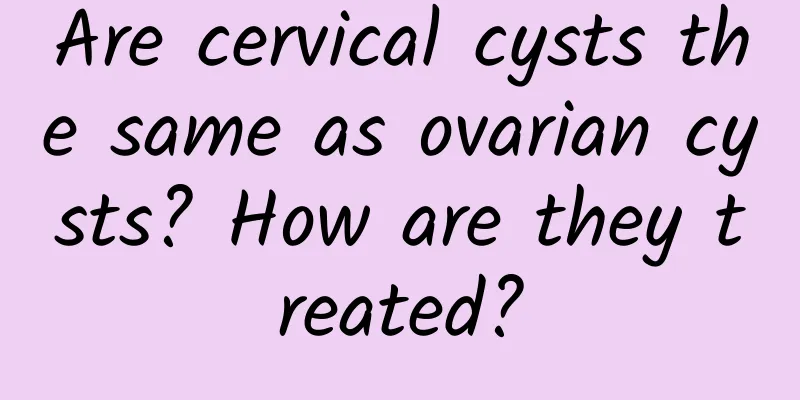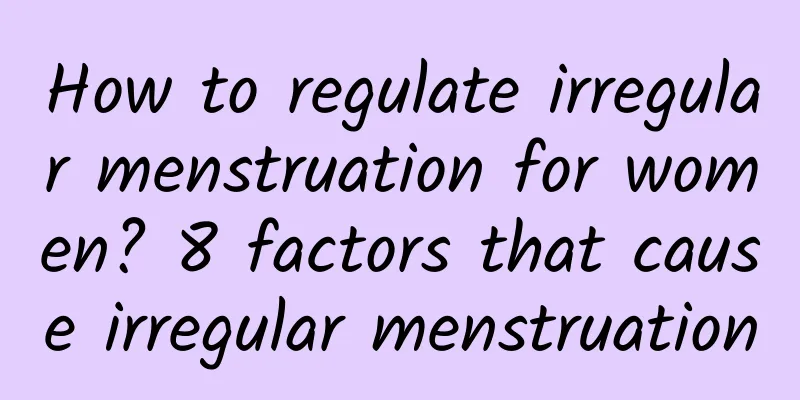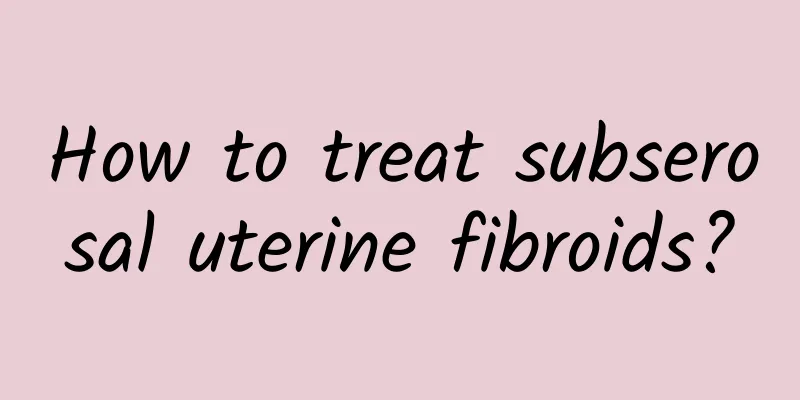Are cervical cysts the same as ovarian cysts? How are they treated?

|
Cervical cysts and ovarian cysts are two completely different gynecological diseases. Their locations, causes and treatments are different, and they need to be judged and targeted measures taken separately. Cervical cysts are usually mild problems, while ovarian cysts may be related to serious pathological changes. Specific treatments include medication, surgery and lifestyle adjustments. 1. What is a cervical cyst? Cervical cysts are small cysts formed due to blockage of cervical glands, which prevent secretions from being discharged. They are benign lesions and are common in married women or women after childbirth. The main causes include local inflammation, accumulation of secretions during the repair of cervical erosion, and changes in hormone levels. Most cervical cysts do not require special treatment, but larger cysts may require intervention. Common treatments include: Antibiotic medication: If there is cervical inflammation, antibiotics can help control the infection. Physical therapy: such as freezing, laser or electrocautery, is suitable for recurrent cysts. Surgical treatment: Larger cysts can be treated with simple incision and drainage. 2. What is an ovarian cyst? Ovarian cysts are cystic masses that appear in the ovaries. The causes may include functional cysts during ovulation, chocolate cysts, endometriosis, or organic cysts such as tumors. Some patients may have small cysts without obvious symptoms, while larger cysts may cause abdominal pain, infertility, or menstrual abnormalities. Treatment is usually based on the cause and includes: Drug treatment: Oral contraceptives or hormonal drugs can help regulate hormone levels and are suitable for functional cysts. Minimally invasive surgical treatment: such as laparoscopic surgery, is used to remove larger cysts or exclude malignant lesions. Chemotherapy or removal: If the cyst is diagnosed as malignant, which is a risk for becoming cancerous, more aggressive treatment may be needed. 3. How to care and prevent? Paying attention to personal hygiene and lifestyle habits can help reduce the risk of cyst occurrence and recurrence: Diet adjustment: Choose a light, vitamin-rich diet and avoid spicy and irritating foods. Regular gynecological examinations: Especially for women of childbearing age, regular B-ultrasound examinations can help detect abnormalities early. Avoid long-term stress: Stress may cause endocrine disorders and affect ovarian health. Cervical cysts and ovarian cysts have different characteristics, and you need to choose the appropriate treatment method according to the doctor's advice. If you feel unwell or have any concerns, you should seek medical attention in time to get a clear diagnosis to avoid delaying the disease. |
<<: Symptoms of chorionic carcinoma after abortion
>>: Why does dysmenorrhea cause stomach discomfort?
Recommend
Come practice the Journey to the West Water Snake Waist Dance Aerobics
Everyone envies a slender waist. Using the instan...
Can’t stop eating? Five reasons why emotional eating can cause problems
Most people believe that "gluttony" is ...
Weight stagnant and can’t lose weight? Eating this way can improve your metabolism (Part 2)
Basically, from the beginning of weight loss to t...
How much does cervical erosion surgery cost?
How much does the surgery for cervical erosion co...
What is pelvic effusion?
Pelvic effusion is divided into physiological pel...
What are the treatments for vulvar leukoplakia?
Qiandan: What are the treatments for vulvar leuko...
4 ways to detect ovarian cysts
Ovarian cyst refers to the formation of tumors in...
What are the common causes of uterine fibroids?
"What are the causes of uterine fibroids?&qu...
What types of surgical treatments are there for ovarian cysts?
Although most ovarian cysts are benign, we still ...
How to prevent Bartholinitis
The occurrence of Bartholinitis will bring certai...
Oolong tea helps you lose weight: 3 tips to make it more delicious
As the weather gets hotter, you'll want to ch...
What tests are needed for vulvar leukoplakia
What tests are needed for vulvar leukoplakia? The...
Which hospital is better for treating uterine effusion?
The number of hospitals treating uterine effusion...
Can IUDs cause pelvic inflammatory disease? It is easy to get pelvic inflammatory disease
In order to avoid unwanted pregnancies, women can...
Schoolchildren act as health angels and call on parents to keep their waists healthy
The problem of childhood obesity in China is beco...









